‘The first migrants from Guangdong went to Australia over 200 years ago. Their culture is all throughout Australia. It's that people-to-people link that is the most enduring and most important thing that happened.’
—His Excellency Mr. Scott Dewar, Australian Ambassador to the People’s Republic of China
Migrant stories often live in fragments—passed down in kitchens, tucked into archives, whispered across oceans.
With the soft launch of Shared Connections: Cantonese Stories in Australia, those fragments are finally coming together.
The exhibition traces a migration arc spanning two centuries, from the arrival of the first recorded Chinese settler to the rise of Cantonese Australians in business, politics, and culture.
Initiated by Dr. Timothy Kendall, Australian Consul-General in Guangzhou, and shaped by voices on both sides of the Pacific, it is a living bridge built and thriving on people-to-people connections.
The idea emerged from a casual chat when Dr. Kendall arrived in Guangzhou last March.
He noticed that stories of Cantonese migrants were scattered—held within individual families, and a handful of books in the Consulate General that touched on some aspects of their experience in Australia.
Recognizing this gap—what he calls a ‘blind spot’—Dr. Kendall set out to change the narrative.
Bringing together historians, museums from both Australia and Guangdong, and voices from the first migrants to their descendants today, the exhibition unfolds the many ways Cantonese people have shaped Australia’s economic and social life.
At the same time, it shines a light on how Australia’s evolving cultural identity reflects these enduring ties.
Origins of Cantonese Migration: From River to Reef
‘The other thing that has been important in my learning about South China is to understand and appreciate the importance of water and rivers and tributaries... Water is the thing that underscores both the people movements, but also the trading instincts of Cantonese people.’
—Dr. Timothy Kendall, Australian Consul-General in Guangzhou
That observation became a guiding metaphor.
Many early migrants came from river-linked counties—Taishan, Kaiping, Enping, Xinhui—where water shaped trade and travel.
Their journeys followed natural routes outward; their stories now return through memory and voice.
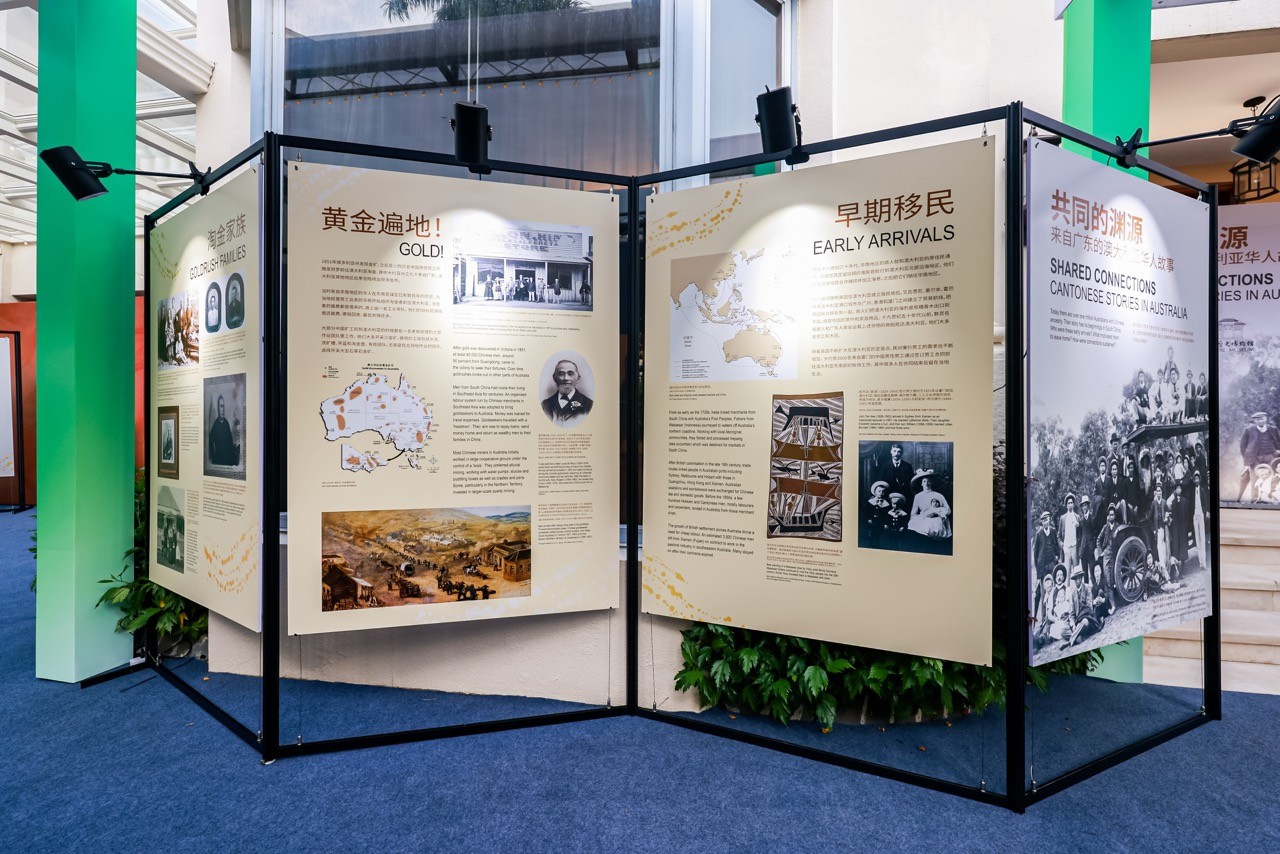
Among the first was Louis Ah Mouy, a carpenter from Taishan.
In 1851, he arrived in Melbourne to build timber homes for a British sea captain.
Within a year, he joined the gold rush and struck fortune.
But it was the letter he sent home that changed everything.
It spread news of gold to Guangdong and triggered a wave of migration that brought nearly 40,000 Chinese to Australia.
The influx intensified competition and later contributed to the rise of exclusionary policies.
Ah Mouy’s story didn’t end in the mines.
He opened Melbourne’s first rice mill, co-founded a tea and silk company, and helped establish the Commercial Bank of Australia.
He even proposed printing Chinese characters on banknotes to better serve the growing community.
His name appears across civic records and business ledgers, a quiet but enduring imprint.
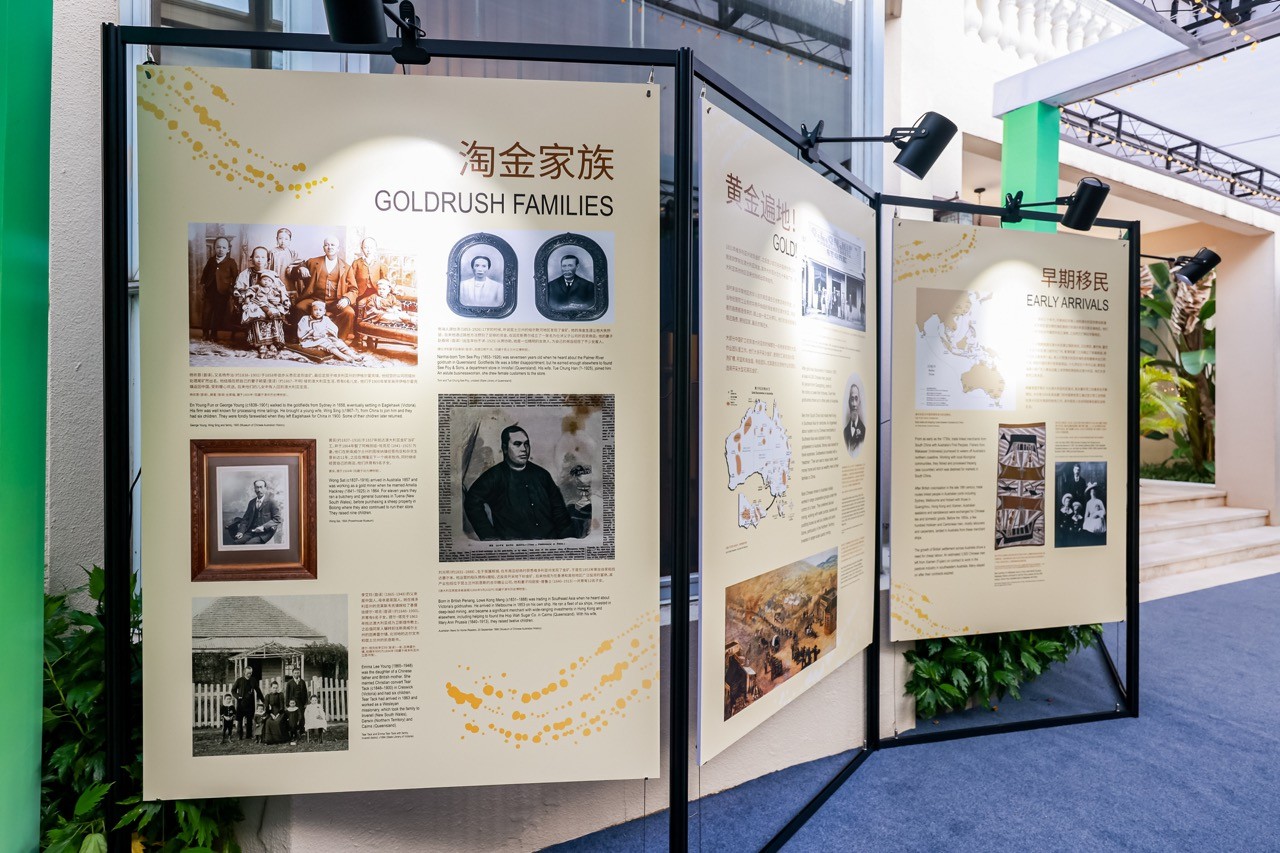
Further north, Tom See Poy arrived in Queensland in 1876, hoping to strike gold in Palmer River.
After years of hardship, he turned to farming and retail. He helped clear land near Geraldton, then opened a general store that grew into See Poy & Sons Ltd, one of Innisfail’s most prominent Chinese-owned businesses.
His bilingual autobiography, My Life and Work (1925), offers a rare firsthand account of a migrant’s journey from labor to legacy.
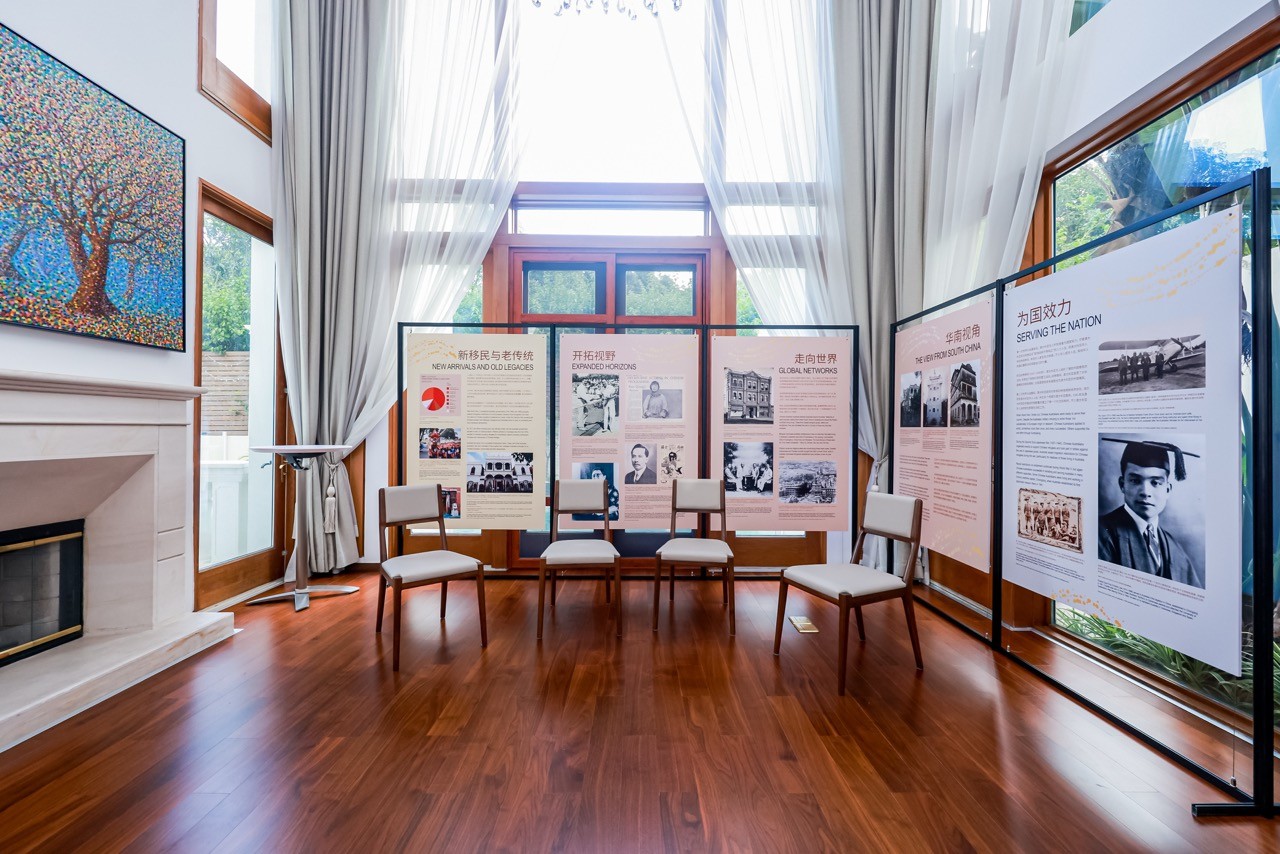
The exhibition also features Cantonese Australians who shaped the country’s civic, cultural, and professional landscape throughout the 20th century.
Tse Tsan-tai, born in Sydney in 1872, co-founded the South China Morning Post and advocated for constitutional reform in China.
Roy Goon, a second-generation Chinese Australian, served in the Royal Australian Air Force during World War II.
Charles Oue Fong Lee, born in Darwin in 1913, became a respected businessman and civic leader in the Northern Territory.
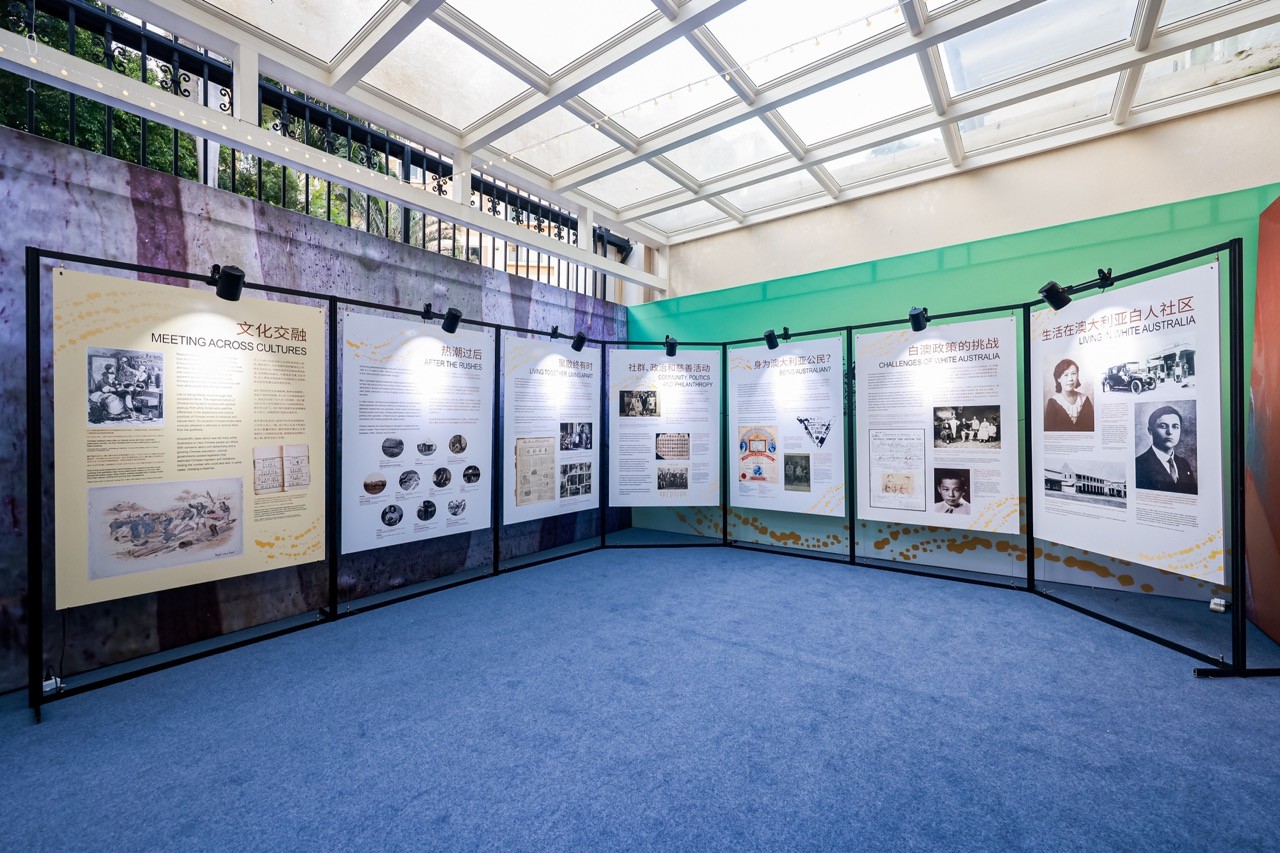
Even in an era that often kept them on the margins, Cantonese women carved out a space of their own.
In Adelaide, Gladys Sym Choon opened her own fashion shop in the 1920s, becoming the first Chinese woman to run an influential retail business in the city.
Others, like Mary Yeung and Rose Quong, built their careers abroad; Mary as a pioneering community figure in Hong Kong, and Rose as an actress, writer, and lecturer who toured internationally.
Their paths reflect both the opportunities and limitations of the White Australia Policy era: while some carved a place at home, others had to leave to find space for their talents to thrive.
Living Bridges: Memory, Identity, and Return
Dr. Sophie Couchman, curator of the exhibition, has spent years researching Chinese Australian history through everyday lives—oral histories, family photographs, and return journeys to ancestral villages.
Her work highlights how personal memory and the act of seeing oneself in ancestral landscapes help descendants reconnect with land, lineage, and identity.
This curatorial approach shapes the exhibition’s four video interviews, where descendants reflect on their experiences of returning to South China.
From first-generation migrant Lam Yiu Yuen (Ken), to second-generation voices like Derek Stephen Leong, who visited his father’s village only once in 1978, to Mei-Ling Chen, who spent three years locating her father’s ancestral home, and Gen Z’s Isabel Tan, these stories show how heritage is also carried, felt, and shared.
Among them, Isabel’s story points most clearly to the future.
Born in Canberra, raised in Hobart, and now living in Melbourne, she has returned to Guangdong regularly since she was six months old.
In her interview, she holds up a ceramic bowl she brought back to Australia—a quiet gesture of continuity.
She recalls rushing into her father’s old house in Taishan, now too unstable to live in, and rescuing the bowl from the kitchen.
‘It is important to me, very much important, that I have been there and that I keep going there… It’s bridging the gap a little bit for me… kind of consolidating my identity and feeling less like there are two separate sides of myself.’ —Isabel Tan
These stories reflect the heart of the exhibition: ordinary people, across generations, bridging fragmented histories through lived experience.
A Symbol of Continuity
Shared Connections: Cantonese Stories in Australia flows like the waterways of Guangdong—carrying stories of migration, attachment to land, and the warmth of human connection.
It acknowledges achievement, but never separates it from the strength and resilience that made it possible.
It demonstrates the courage to cross oceans, the instinct to build, and the determination to belong in a ‘comprehensive approach’ as Dr. Kendall intends it to be in the first place.
‘I think it's the honesty and the hard-working ethic of those early Chinese settlers, the risk-taking that they're engaged in to go to the other side of the world. And sometimes without family, without any support, and they were very courageous. And I think if we can take that sense of courage and bravery and transport that into the present time and remind ourselves that we should also do that in our best endeavors.’
— Dr. Timothy Kendall, Australian Consul-General in Guangzhou
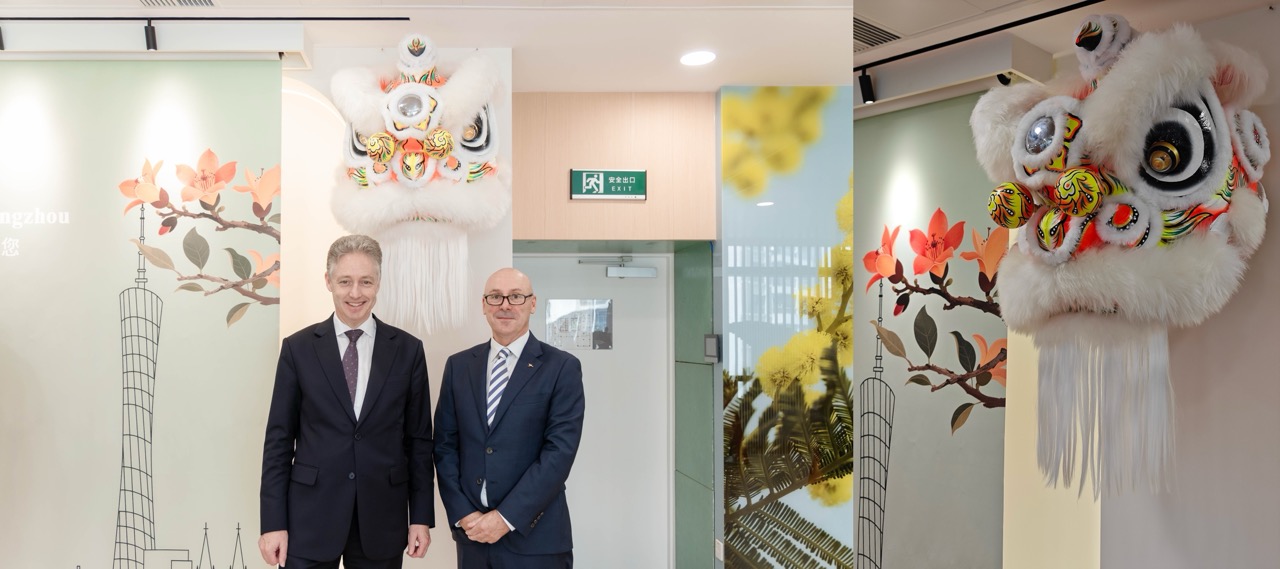
Left: His Excellency Mr. Scott Dewar, Australian Ambassador to the People’s Republic of China.
Right: Dr. Timothy Kendall, Australian Consul-General in Guangzhou
As a heartening gesture toward shared futures, a Cantonese lion head was unveiled in the lobby of the Australian Consulate-General in Guangzhou on the morning of the soft launch event.
Crafted by the Zhao Heritage Atelier master artisans using Australian wool, it was painted in Kapok red, orange, green, and Australian yellow—colors chosen for their symbolic meaning.
The lion now greets visitors with a nod to tradition and a reminder of how deeply connected these stories already are.
‘This lion head is a perfect symbol,’ said Dr. Kendall. ‘It shows how Australian products can complement South China’s arts industries. It’s a reminder of how deeply connected we already are.’
[The video clip and all images courtesy of the Australian Consulate-General in Guangzhou]
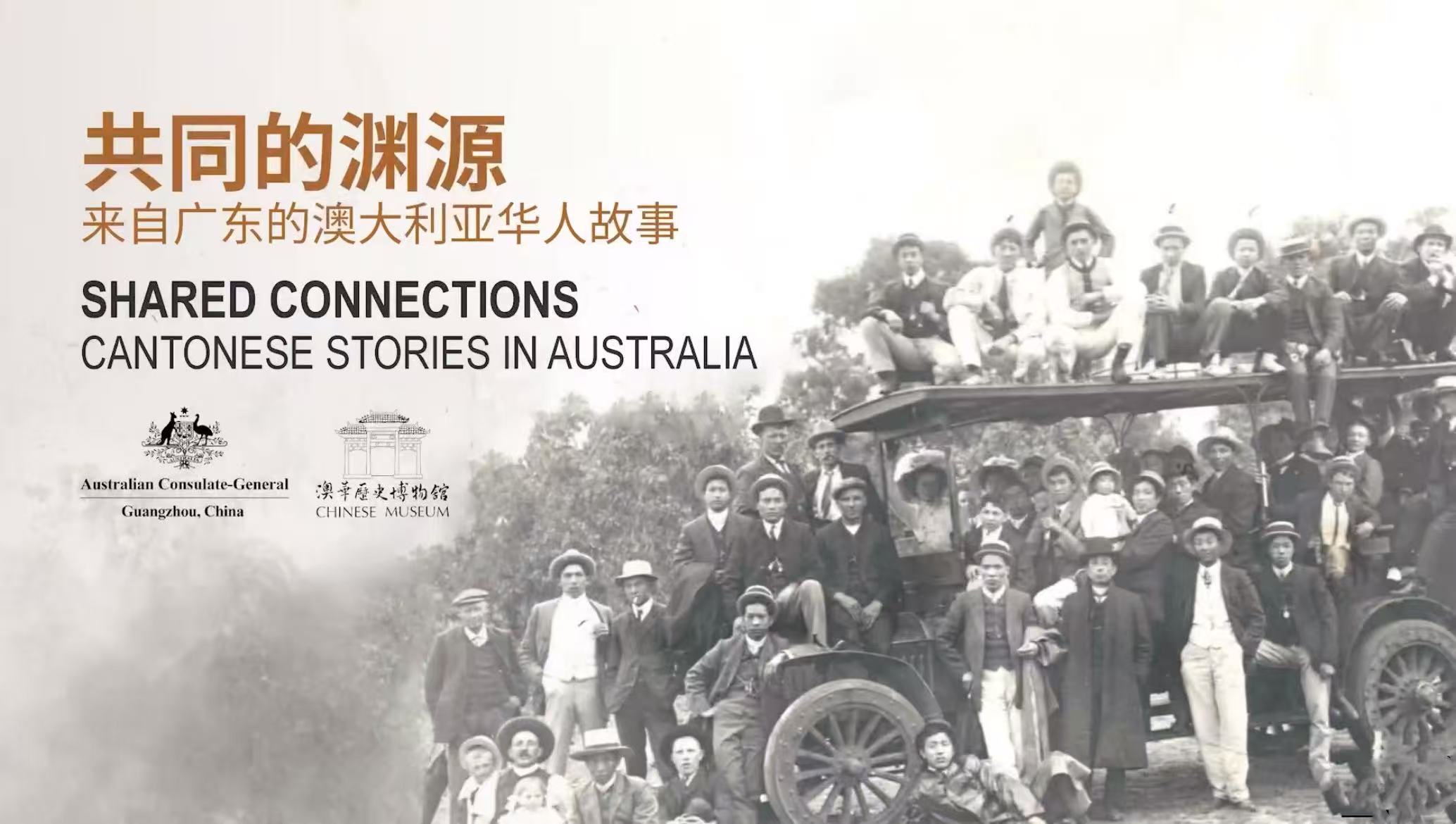




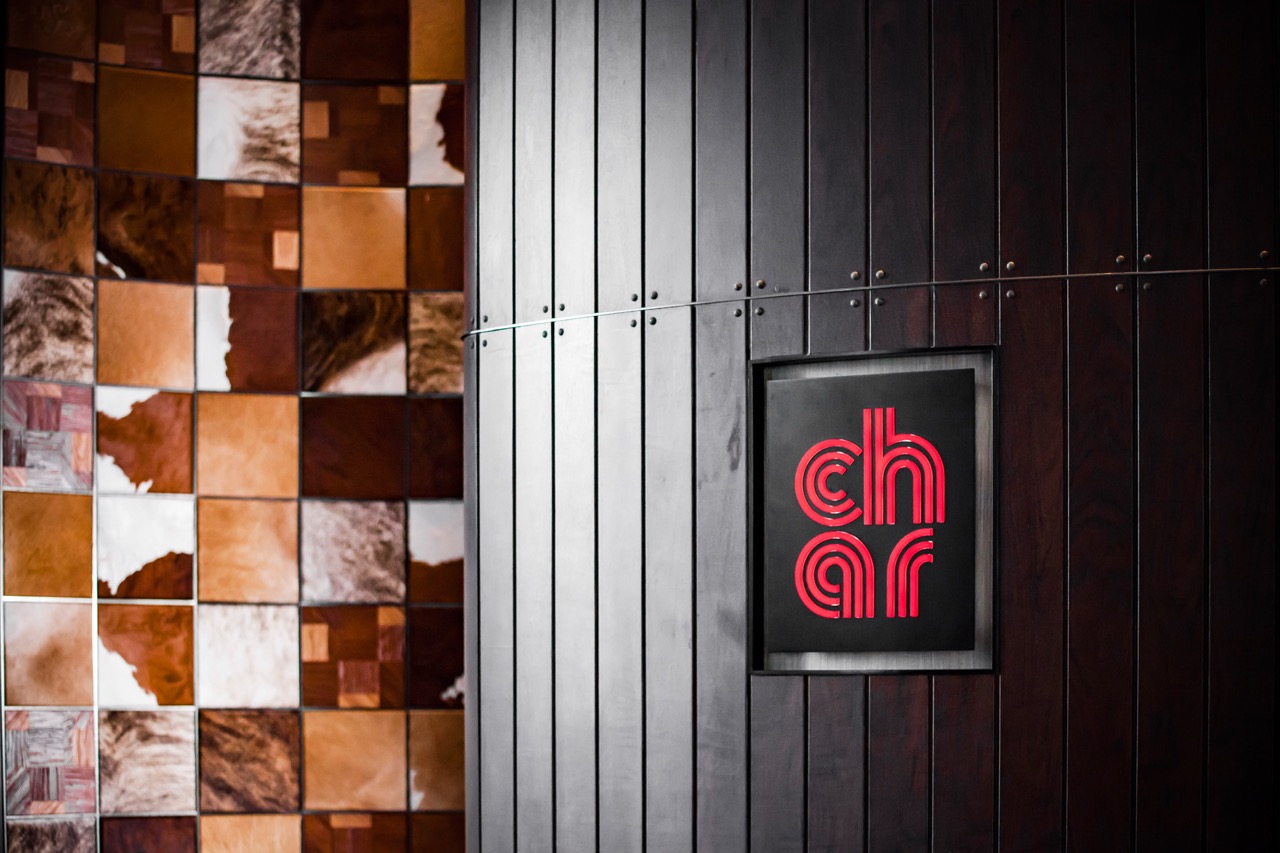














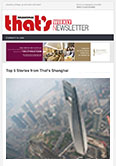

0 User Comments